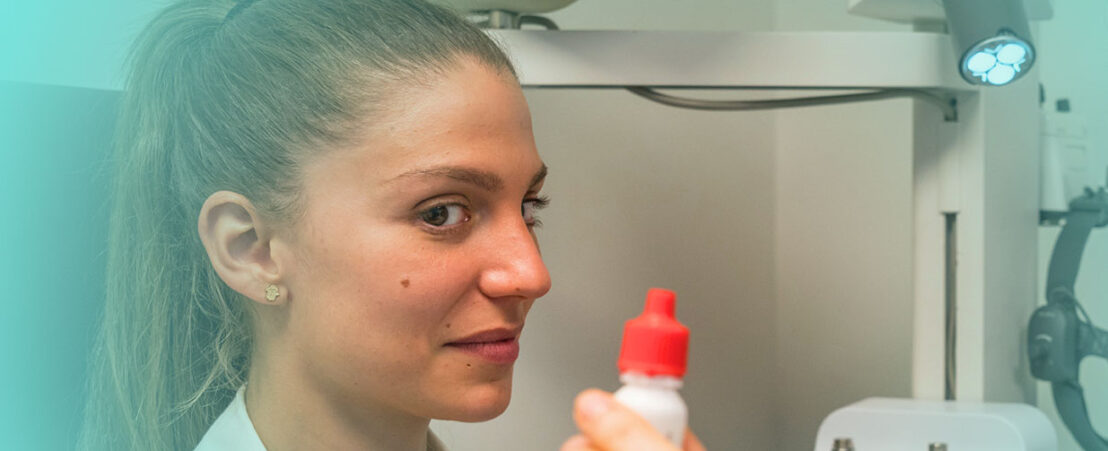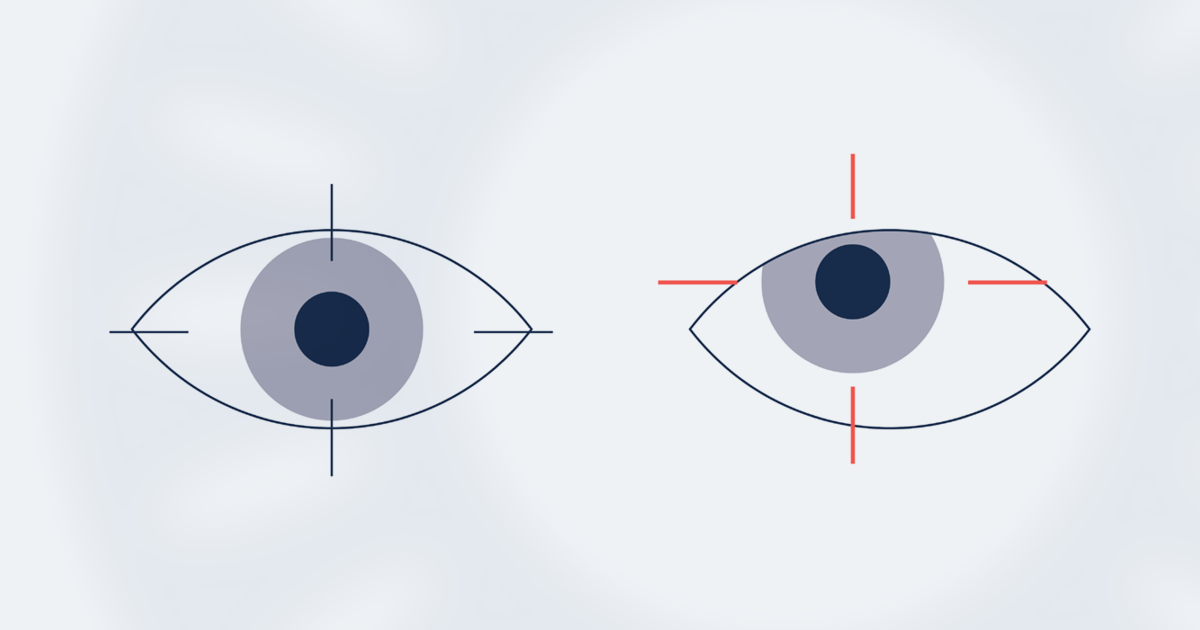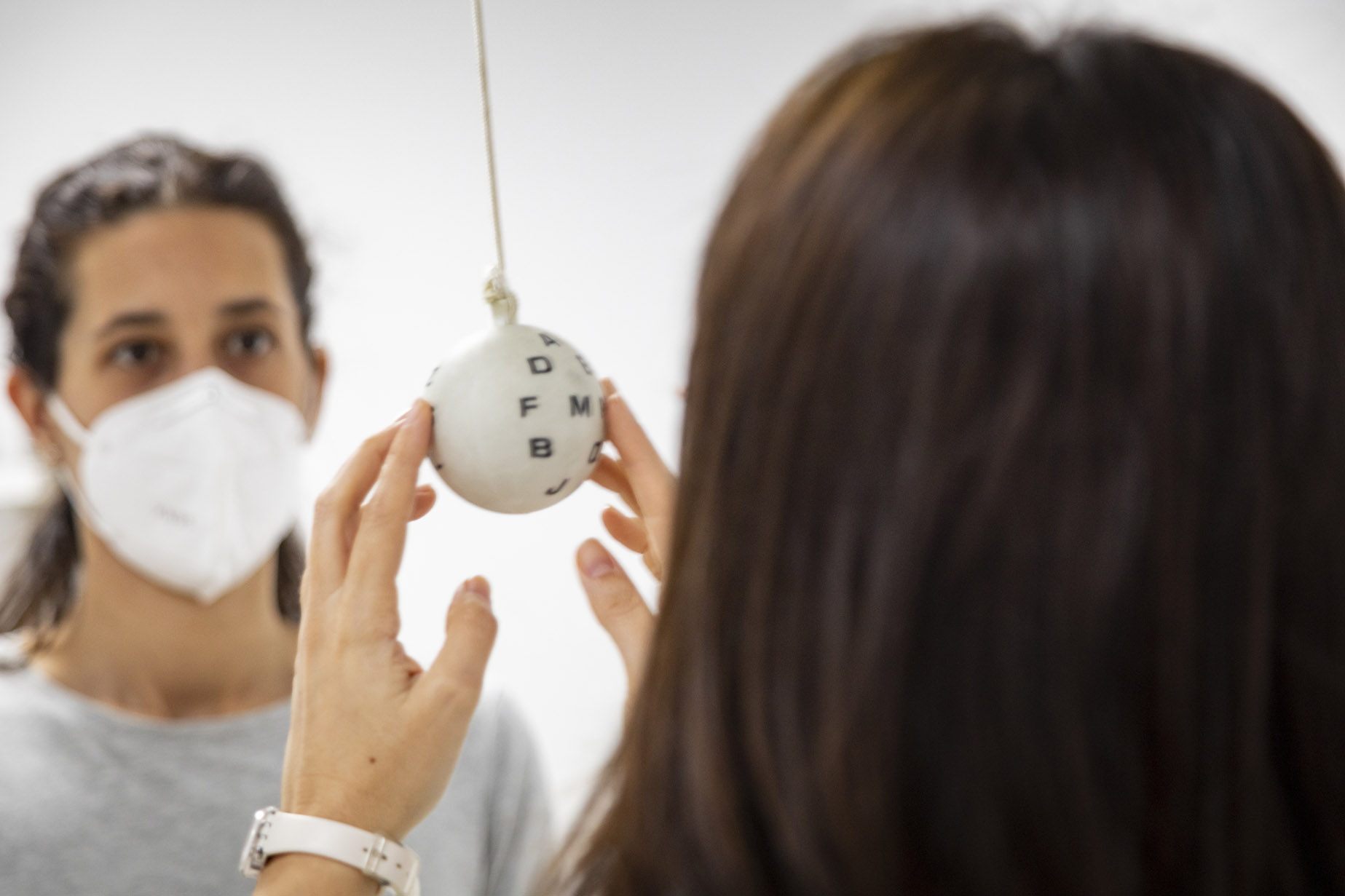
Strabismus is a condition in which the eye axes are not parallel or aligned with the object of fixation. When an individual has already achieved full normal binocular vision and suffers from strabismus, it is called “adult strabismus”. “Adult strabismus” is considered to be those cases that arise from the end of the second childhood, that is, from the age of 6-8 years.
Many adults with strabismus already had this condition since childhood, only that in a controlled way, and can make up for it and remain latent. However in the majority of cases have their origin in other diseases, even of a general nature such as:
Occasionally loss of parallelism and the affectation of ocular motility may occur after surgery performed on the eye or structures surrounding it, such as: cataract surgery, surgery of the detachment of retina, eyelid surgery, etc. This occurs due to unwanted involvement of the extraocular muscles during these procedures.
It is necessary to emphasize that a deviation also can take place in an eye with poor vision. In what it is named “a sensory Strabismus”. In this case the patient does not have double vision. Strabismus is a consequence of bad monocular vision and not its cause.

An adult who develops ocular deviation may experience:
In order to compensate the problem, many adults with strabismus tend to move the head and to take it to a position that relieves its symptoms. This receives the name of: “Ocular crick in the neck”.
There are several medical and surgical therapeutic tools that can greatly help to solve this problem. Depending on the type of strabismus present, it can be treated by different methods:
Ocular exercises can be useful in treating a form of strabismus in which the eyes do not can be aligned if on a nearby object (work closely detailed, reading, etc.). This condition is called: “convergence insufficiency”. Close-up view of not only involves focus clearly, but carry both eyes inward so that their axs coincide on the object of attention (books, cursors of computer screen, needle and thread, etc.). This movement of coordinated movement approach and inward is called convergence.

Vision therapy session with a patient. Photo: J. Casanova / ICR
Prisms correctable cause, small deflection angles of minor or moderate diplopias. A prism lens is a transparent, wedge-shaped, which diverts (refracts) the light rays and therefore the images. Do not alter the position of the eyes, but they realign images making them match the visual axs. They relieve the double vision, but they do not correct, if the same the base problem. Often they adhere on the glasses of the patient (like a sticker: Fresnell cousins) and others join already straight in the graduation of the glazing. Prisms are not enough to offset large wide angle deviations due to rigid muscles that have lost their elasticity or with severe paralysis
Applied on muscles with an excess of activity (usually because the muscle that opposes its action has eroded by a paralysis). In these cases often botulinum toxin can stabilize muscle function and relieve symptoms of shunt. This toxin is a substance that is injected in small doses, temporarily paralyzes the muscles. Injected in extraocular muscles, its effects can last several months and often cause permanent changes in the function, thus helping to restore the ocular parallelism using a minimally invasive technique.
Surgery can:
Strabismus surgery is usually performed on an outpatient basis using general or local anesthesia according to each case. Postoperative discomfort are usually mild or moderate, and may be relieved with simple painkillers. The conjunctival congestion (which is frequent and normal) reminiscent of a conjunctivitis common and can persist a few weeks. Usually the patient returns to daily activities in a few days, even if it is variable according to the degree of complexity of the case.
It is important to bear in mind that in a significant percentage of cases, the treatment of strabismus may require more than one surgical procedure to obtain the desired results.
Unlike what many people think, strabismus can be successfully corrected at any age, even in adult patients. In these cases, surgery will not correct amblyopia or lazy eye that the patient has as a consequence of untreated childhood strabismus, although it can improve the patient’s appearance, as well as their spatial perception and visual field.
Adult strabismus can arise suddenly as a consequence of other diseases of the patient, such as diabetes mellitus or type II, Graves’ disease or head trauma, among others. Occasionally, it can also appear as a consequence of eye surgery or surgery of the muscles surrounding the eye.
Strabismus can be classified, taking into account the direction of gaze, into:
If we take into account the degree of gaze deviation, we can also speak of comitant strabismus, when the deviation is maintained regardless of where the gaze is directed, or incomitant strabismus, when the degree of gaze deviation is in the direction of the nose.
In cases where diplopia (double vision) caused by eye deviation is constant and persists over time, strabismus can be very uncomfortable or even disabling.
Some of the symptoms that may indicate strabismus are visual fatigue, double vision or diplopia, overlapping of images, sensation of heaviness, difficulty in performing visual activities close to the eye or loss of depth perception or volume sensation.
In case of suspicion of strabismus, it is advisable to visit an ophthalmologist specialized in strabismus so that they can evaluate the case and perform the pertinent tests to diagnose the pathology.
The treatment of lazy eye or amblyopia is usually not effective beyond the age of 8, which is approximately the age at which the human visual system is fully developed. Therefore, specific treatment for lazy eye in adults is not recommended. Strabismus surgery will also not correct lazy eye that the patient has as a result of untreated childhood strabismus.
What is Adult Strabismus? American Academy of Ophthalmology
Pseudostrabismus. American Academy of Ophthalmology
Contact us or request an appointment with our medical team.